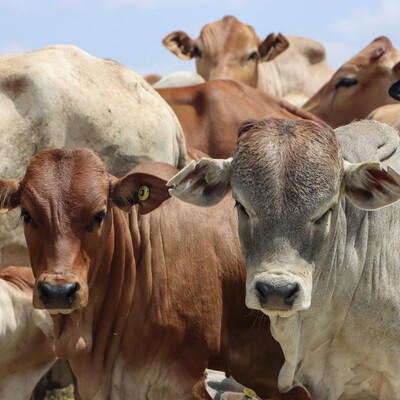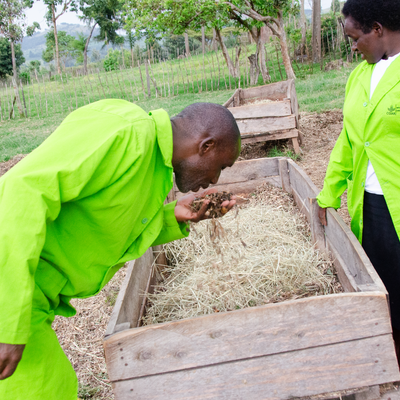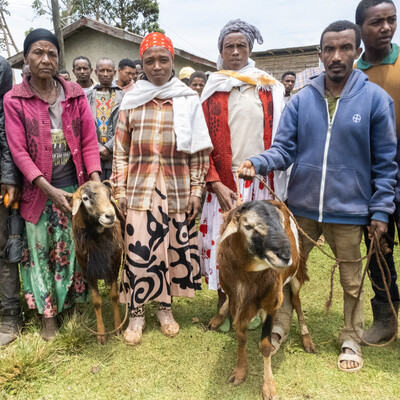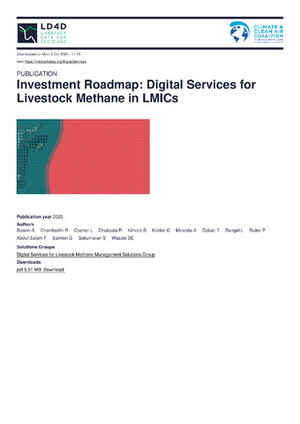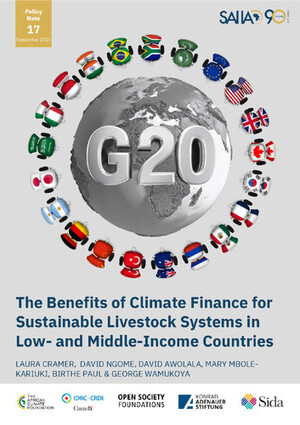
Testing the climate adaptation pioneer approach in Colombia
In the CGIAR Livestock and Climate Initiative, we’re extending the Pioneers of Adaptation approach that was successfully piloted in the Programme for Climate Smart Livestock Systems in East Africa. Teaming up with the Alliance of Bioversity International and CIAT and Procasur, we explored how to test this approach in a Latin American context, specifically in the Caqueta Region of Colombia.
Adapting the pioneer approach in Colombia
Our journey in Caqueta started with a stakeholder workshop earlier this year, leading to a household survey involving 300 respondents across four sub-locations. Each sub-location, on average, represented 75 households. To pinpoint pioneer farmers, or Talentos Rurales, within this group, we employed a method called “pareto-optimality.” Key criteria we identified included farm diversity, income diversity, and the adoption and sharing of various technologies.
Our approach was guided by the selection process used in East Africa, where this approach was originally developed at the International Livestock Research Institute (ILRI). These 300 respondents were selected because they were participants in a project funded by the EU through the European Fund for Peace. This project, led by the National Government, aimed to contribute to territorial stabilization, inclusive and sustainable economic growth, and the strengthening of cocoa and dairy value chains in Putumayo, Caquetá, and Nariño departments in Colombia. (More details can be found here).
These examples from Cajabamba and Caqueta may differ vastly, but they underscore the transformative potential of pioneers or Talentos Rurales. They serve as catalysts for uplifting communities from poverty to prosperity. We hope that the success of cuy (guinea pig) farming in Cajabamba can inspire others, leading to the emergence of more Learning Territories in regions where extension services are scarce but much needed.
Read the full story on CGIAR.org.
Banner photo: A cattle rancher with a herd of Nelore short cycle cattle at the Hacienda San José in Colombia. Photo ILRI/Hacienda San José






